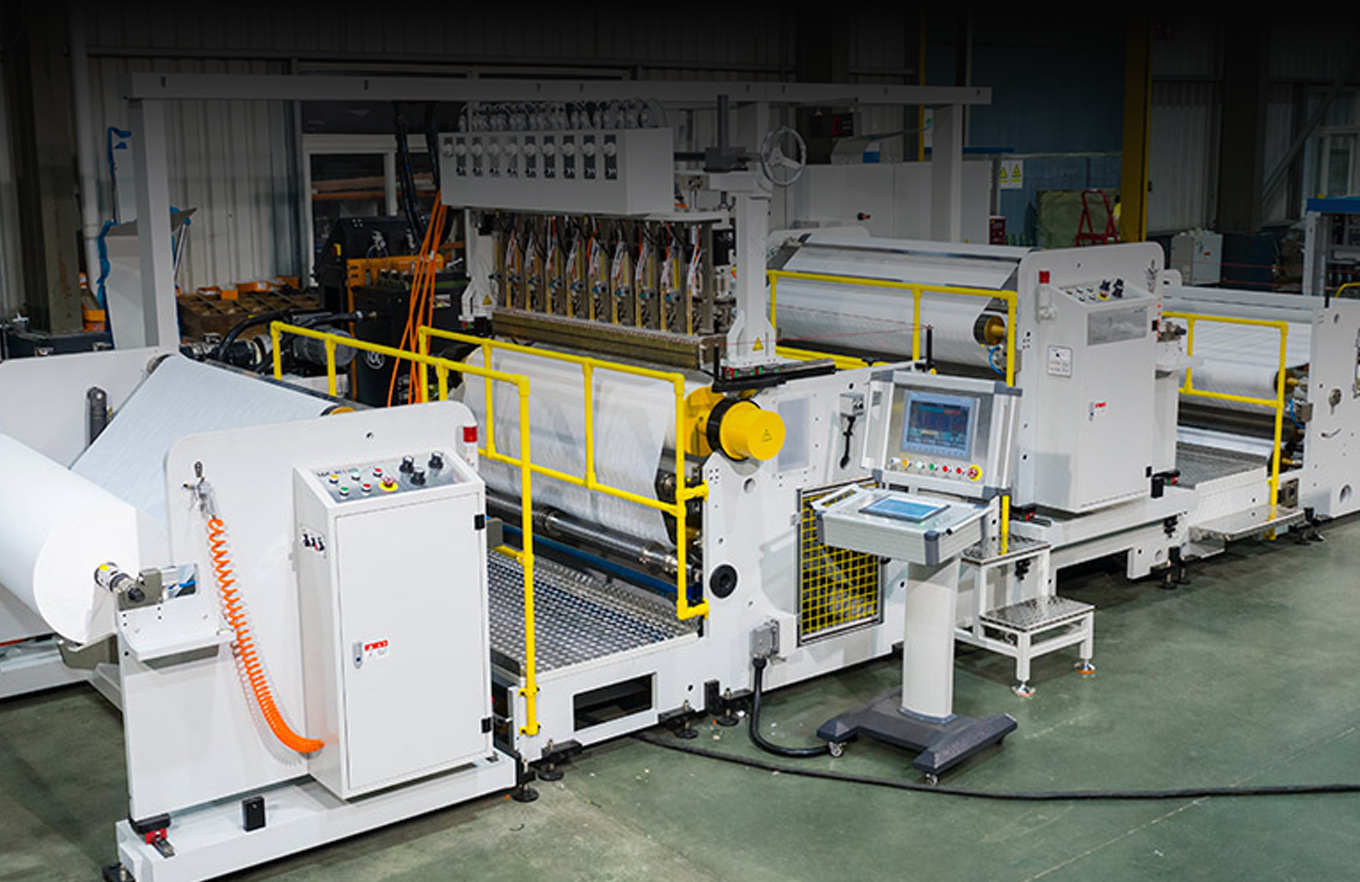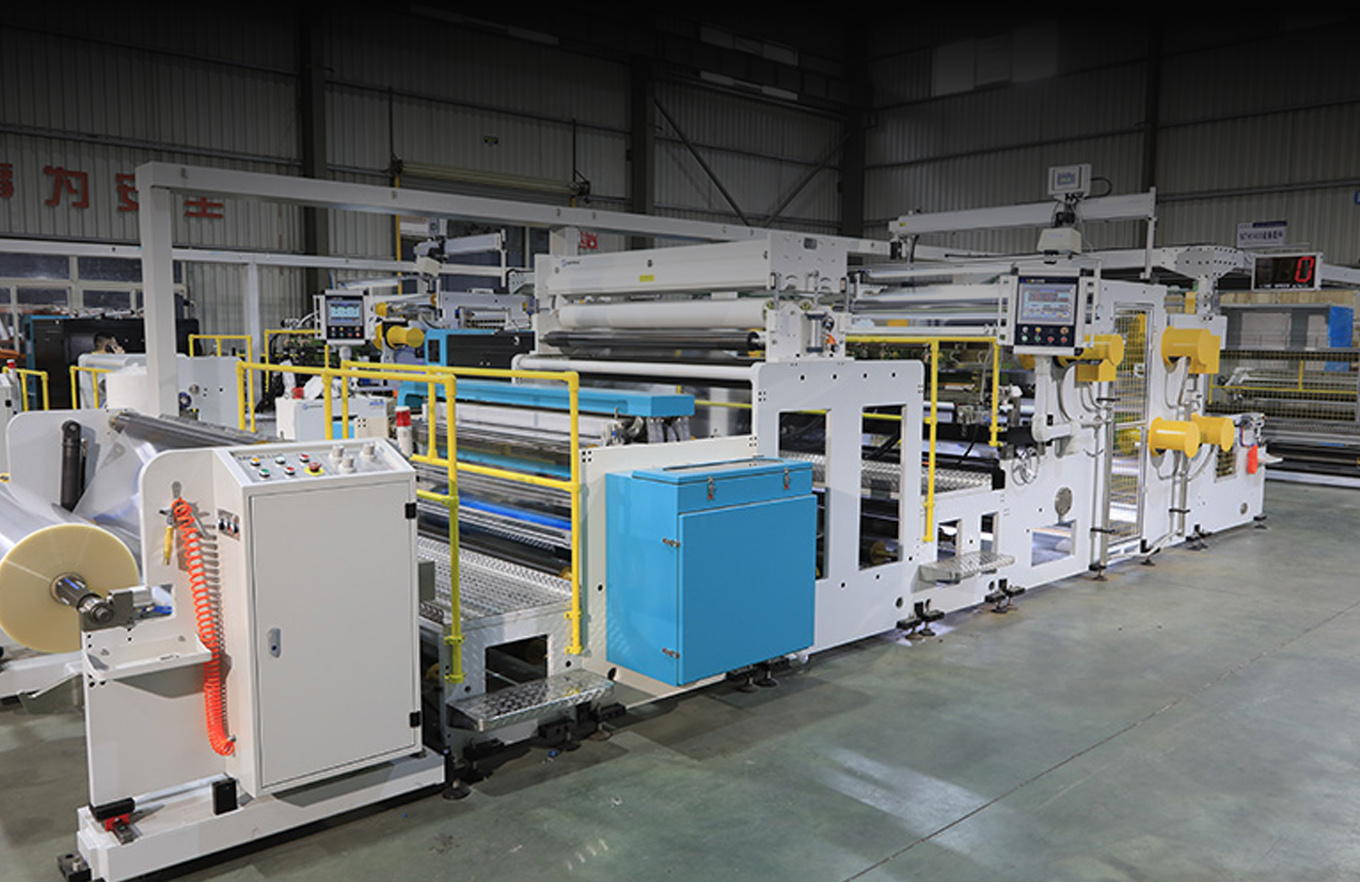
Creating durable and reliable bonds is critical across various industries, from packaging and furniture to automotive and electronics. The choice of adhesive plays a vital role in product strength, safety, and longevity. That’s where a professional EVA adhesive manufacturer comes into play. Whether you’re a production manager or a procurement head, knowing the right bonding practices can help you achieve better outcomes and fewer failures.
In this guide, we’ll walk through proven insights shared by trusted industry leaders and experts. These tips are especially relevant for manufacturers and businesses that rely heavily on adhesives for high-performance operations. As an EVA adhesive manufacturer, our commitment is to help clients achieve consistent results. Now let’s dive into the best practices that define industrial bonding success.

Ethylene-Vinyl Acetate (EVA) is a copolymer adhesive, well known for its flexibility, toughness, and fast-setting properties. EVA adhesives are primarily hot melt formulations, making them ideal for quick application and solid performance in industries such as woodworking, textiles, packaging, and even electronics.
What sets EVA adhesives apart is their ability to bond a variety of substrates, including paper, plastic, fabric, and metal, without requiring complex application techniques. Samad Adhesive, a trusted EVA adhesive manufacturer, continues to develop customized formulations that suit a wide range of industrial applications.

One of the most overlooked factors in adhesive performance is surface preparation. Even the best adhesive won’t bond correctly if the surface is contaminated or incompatible. Surfaces should be free of dust, oil, and moisture. Certain materials may require primers or surface treatments to enhance adhesion.
According to experts from Samad Adhesive, cleaning protocols and roughening surfaces with sandpaper can drastically improve bond strength, especially when working with low-energy plastics or rubber.
Temperature control during the bonding process is essential. EVA adhesives, being hot melt, require precise temperature settings. If the adhesive is applied too cold, it won’t flow properly, resulting in poor wetting and weak adhesion. If overheated, the adhesive may degrade, losing its bonding characteristics.
An experienced industrial adhesive manufacturer like Samad Adhesive recommends maintaining an application temperature between 160°C and 190°C, depending on the grade and application requirement.
Not all EVA adhesives are created equal. Some grades are formulated for quick set and flexibility, while others are optimized for high strength and heat resistance. Identifying the right grade for your application saves both time and money.
For instance:
● In packaging, fast-set EVA adhesives help maintain production speeds.
● In woodworking, a slower set adhesive allows time for alignment.
● In electronics, EVA with electrical insulation properties is a must.
A reliable EVA adhesive manufacturer like Samad Adhesive will guide you through these technical nuances to help you make the right selection.
Even with a premium-grade adhesive, errors in application can lead to failure. Here are some key mistakes industry experts suggest avoiding:
● Using the wrong adhesive type for your substrate
● Ignoring ambient humidity and temperature during bonding
● Applying adhesive in uneven thickness
● Not allowing enough open time before bonding the parts
By avoiding these pitfalls, companies can save costs on rework and improve the durability of their products.
A professional industrial adhesive manufacturer does more than just supply glue, they become your technical partner. Don’t hesitate to share your specific production challenges, equipment types, or climate conditions with them. Manufacturers like Samad Adhesive offer technical support, custom formulations, and lab testing to ensure the adhesive fits your production environment.
Many overlook curing time and pressure. While EVA adhesives set quickly, optimal pressure during the bonding process ensures there are no gaps, air bubbles, or weak spots. Keeping pressure for 10–30 seconds post-application allows the adhesive to penetrate the substrate fully and lock into place.
Samad Adhesive emphasizes using pneumatic presses or weighted rollers for uniform pressure application during the curing stage. This small adjustment can enhance bonding outcomes significantly.
Proper storage of adhesives maintains their performance. EVA adhesives should be stored in dry areas, away from direct sunlight and high humidity. Open bags must be sealed to prevent contamination.
Top industrial adhesive manufacturers suggest rotating inventory to ensure older stock is used first. Samad Adhesive labels all products with manufacturing and expiry dates for traceability and consistency in results.
Stronger bonding is not just about choosing an adhesive; it’s about selecting the right partner. Asa leading EVA adhesive manufacturer, Samad Adhesive brings decades of formulation expertise, testing, and application know-how to help clients achieve optimal results.
Whether you're in packaging, automotive, construction, or electronics, applying these expert tips will elevate your bonding quality, reduce waste, and enhance your product reputation.
For tailored bonding solutions and technical support, Contact Samad Adhesive today and strengthen your production line.
Industrial bonding is a precise process that demands quality materials, technical knowledge, and a reliable partner. By choosing the right EVA adhesive manufacturer and following expert advice, manufacturers can unlock higher efficiency, greater product integrity, and long-term cost savings. Samad Adhesive stands ready to support your journey with high-performance solutions and industry insight.
EVA adhesives offer quick setting times, versatility across substrates, and thermal stability, making them ideal for industrial manufacturing needs.
Yes, with proper surface treatment and the right formulation from an industrial adhesive manufacturer, EVA adhesives can bond rubber and plastics effectively.
Work with your adhesive supplier, like Samad Adhesive, to evaluate your industry, materials, and production methods for the best EVA grade match.